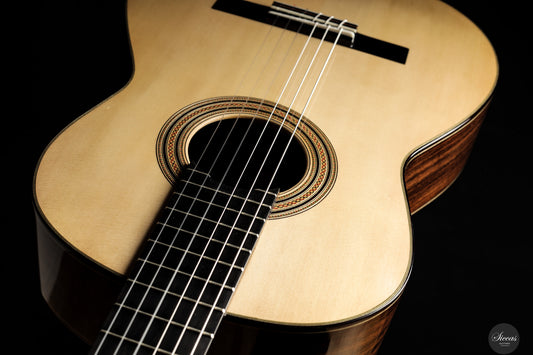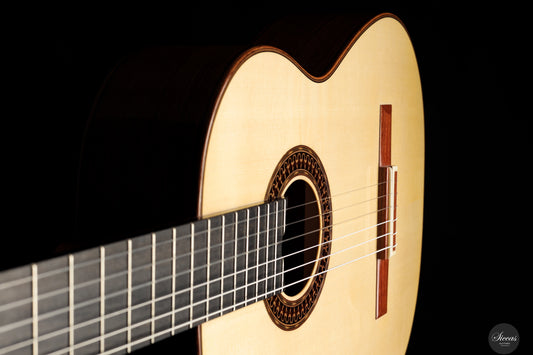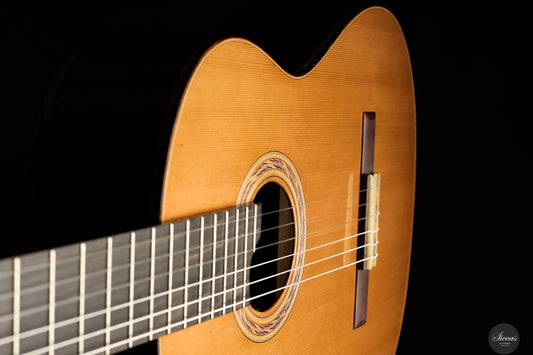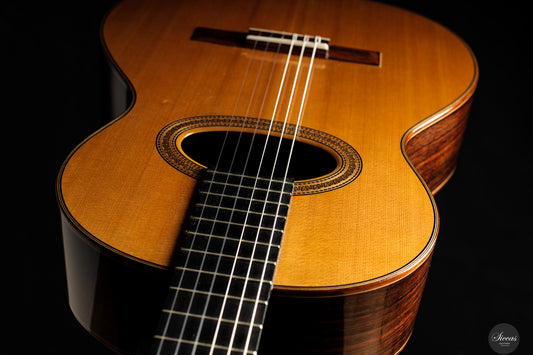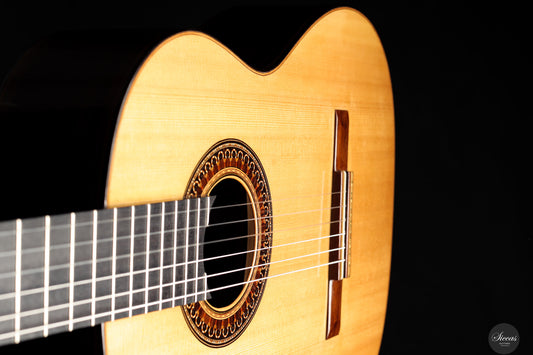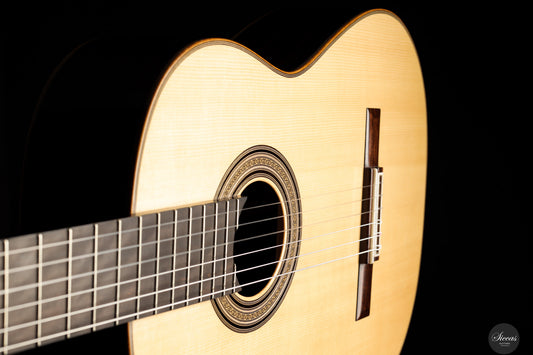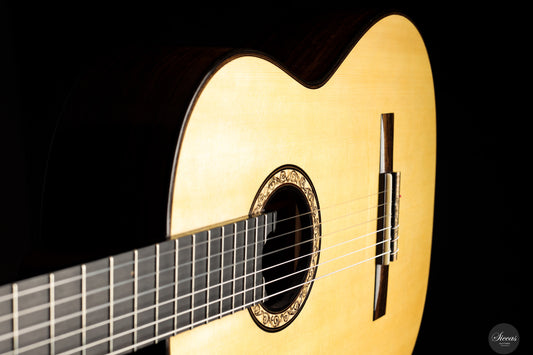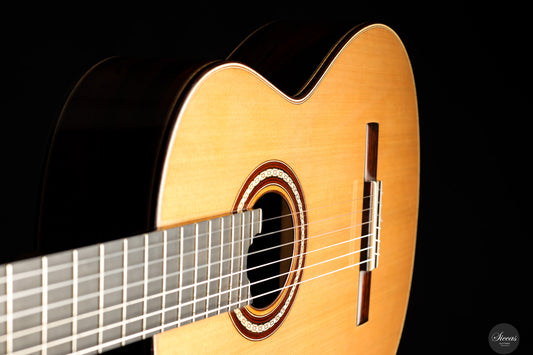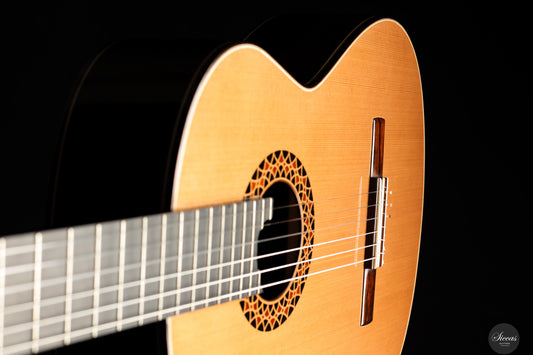Sold
Olivier Planchon - 2023
Olivier Planchon - 2023
Details
Details
Luthier:
Olivier Planchon
Overview
Overview




















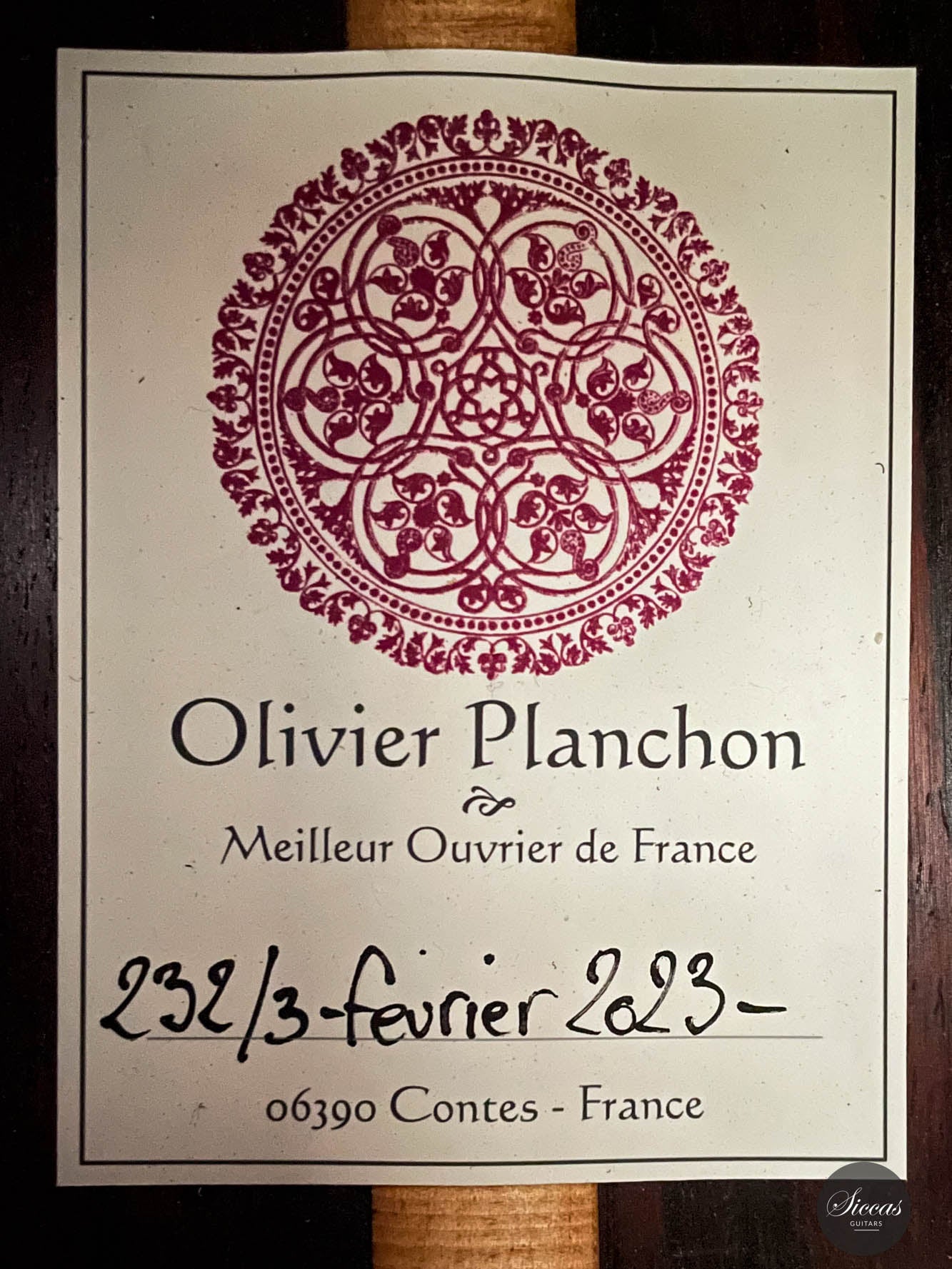
Video overview
Some text about the video block with SEO. Some text about the video block with SEO.


More details about the guitar
About the luthier
Born in 1961, Olivier Planchon discovered the classical and flamenco guitar at 13. After studying at the École Supérieure d’Art Graphique de Paris, he was a freelance artistic director in communication and publishing. In 1999, he gave himself five years to design and build concert guitars and began an informal apprenticeship with his friend Daniel Lesueur, who introduced him to Daniel Freiderich. Encouraged by these two renowned luthiers, Olivier set up a workshop near Paris where he made his first concert guitars. In 2007, he was awarded the title of “Meilleur Ouvrier de France”. Since 2008, he has worked in the hinterland of Nice, setting up a large workshop with his partner, the ceramic sculptor Karine Benvenuti. A few words about his background and his Philosophy:“Daniel Lesueur taught me about the love of labor in search of perfection. Having been himself apprenticed by Daniel Friedrich, he shared his secrets and those he had learned from his «master». To dive into the imagining and manufacture of a classical guitar seems something of mystical initiation. The utmost in concentration is required to follow along the long path arriving at, perhaps, a «great» instrument. My idea of a great instrument, first of all, is true to my tastes, more so than passing fashions. Throughout my research, I’ve tried to find the answers to problems my mentors could not explain. As in all artistic works, the questions are never-ending, and in that is the joy of the craft – every day brings a fresh discovery. Humility before the breathing material and the absolutes of acoustics linked to these variegated woods is the core of the luthier trade. I feel somewhat like a sculptor in sound.”
About the guitarh2> The Planchon guitar, numbered 226, showcases the deft artistry and unparalleled craftsmanship of its creator, Olivier Planchon. Crafted with an exquisite spruce soundboard and backed with striking Cocobolo, this instrument embodies a stunning blend of aesthetic sophistication and acoustic superiority. The rosettes of Planchon, particularly the one featured on this guitar, testify to his exceptional and distinctive craftsmanship. Its simplicity belies the labor-intensive process behind its creation. The rosette is painstakingly hand-carved, a time-consuming effort demonstrating Planchon’s dedication to the craft. In terms of acoustics, this guitar truly stands out. Its potent volume and precise tone clarity are striking features that set it apart. The sound essence can be lush and dense, rendering it an instrument that sings with remarkable elegance. This distinct sonic quality is a testament to Planchon’s meticulous understanding and application of acoustic physics and design, signifying his mastery of the craft. The X bracing system, combined with fan bracings, is a noteworthy structural feature of this guitar. This hybrid approach ensures a rich and full-bodied sound that is pleasing to the ear while also supporting the instrument. In conclusion, Planchon’s guitar number 226 amalgamates aesthetic appeal, craftsmanship finesse, and superior sound quality. Each feature, from its choice of materials to its unique bracing system, makes this instrument an excellent demonstration of Planchon’s commitment to creating top-tier guitars.
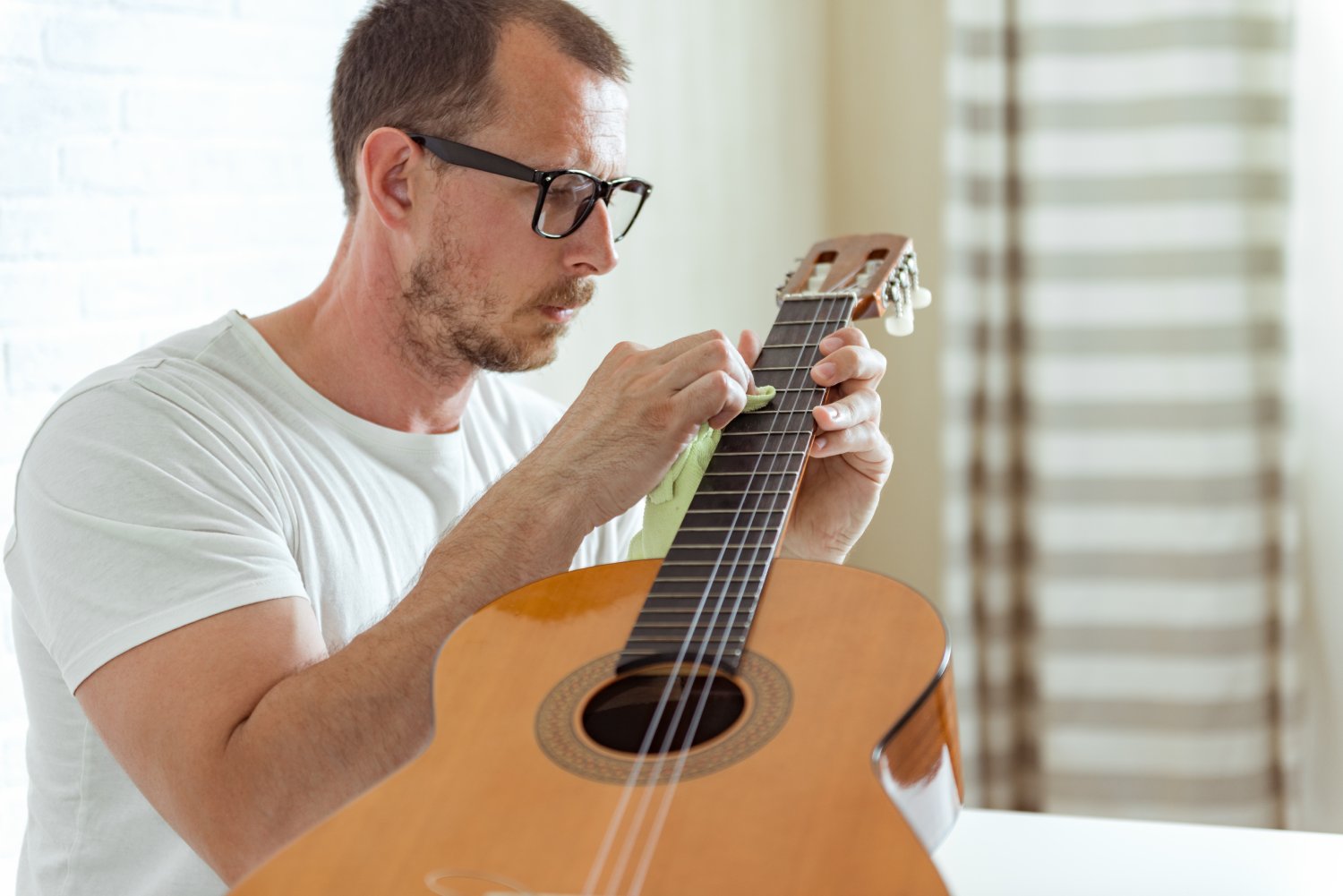
Otto Rauch is a German guitar maker from the small town of Obermoschel in Rheinland-Pfalz. With over 35 years of experience as a guitar maker, he is one of the German pioneers of double-top construction. After repairing a Matthias Dammann guitar in the early 1990s, Otto Rauch began building doubel-top guitars. At first, he used cedar struts and then a balsa core, a construction he continued to develop over the years. While helping a friend set up his violin making business, Otto Rauch came across the name of the 18th century Venetian violin maker Domenico Montagnana. His cellos are praised for their dark tone, fantastic sound volume and enigmatic construction. As these three attributes reflect Otto’s construction, he adopted the name, and the Domenico Montagnana model was born.

















































